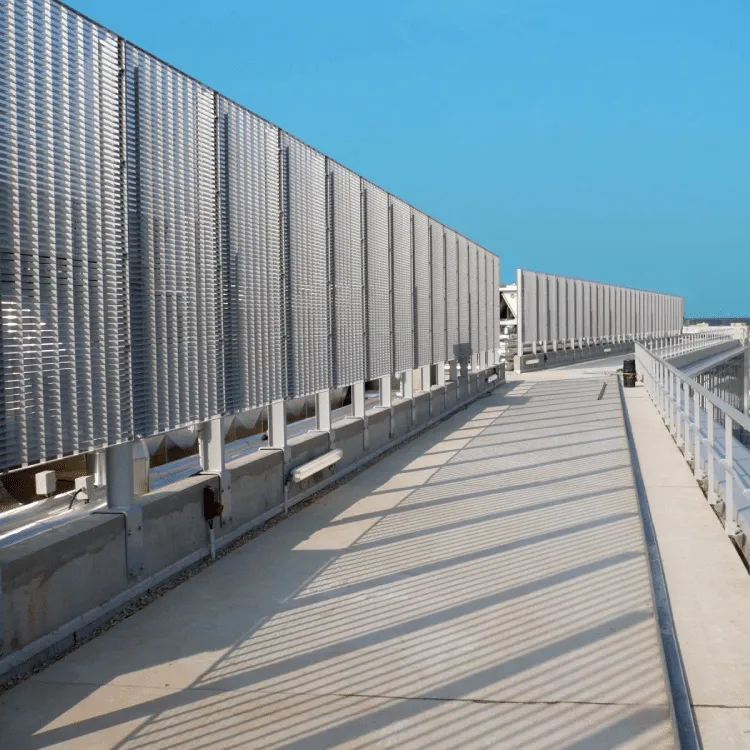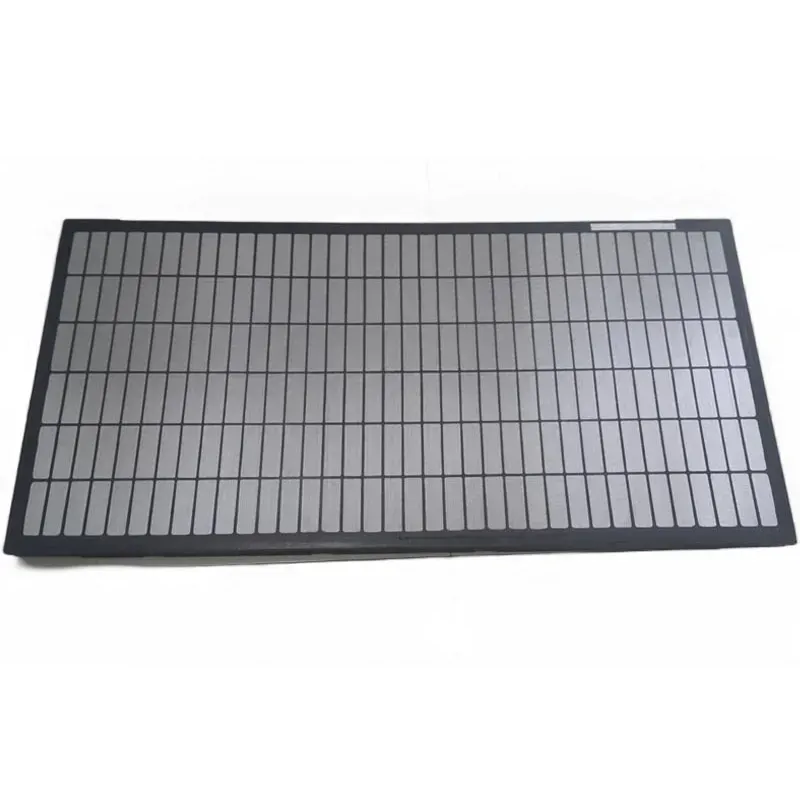- Industrial zone, South of Anping Town, Hengshui, Hebei, China.
- sales@hfpetromesh.com
- +86-18931809706
 Afrikaans
Afrikaans  Albanian
Albanian  Amharic
Amharic  Arabic
Arabic  Armenian
Armenian  Azerbaijani
Azerbaijani  Basque
Basque  Belarusian
Belarusian  Bengali
Bengali  Bosnian
Bosnian  Bulgarian
Bulgarian  Catalan
Catalan  Cebuano
Cebuano  Corsican
Corsican  Croatian
Croatian  Czech
Czech  Danish
Danish  Dutch
Dutch  English
English  Esperanto
Esperanto  Estonian
Estonian  Finnish
Finnish  French
French  Frisian
Frisian  Galician
Galician  Georgian
Georgian  German
German  Greek
Greek  Gujarati
Gujarati  Haitian Creole
Haitian Creole  hausa
hausa  hawaiian
hawaiian  Hebrew
Hebrew  Hindi
Hindi  Miao
Miao  Hungarian
Hungarian  Icelandic
Icelandic  igbo
igbo  Indonesian
Indonesian  irish
irish  Italian
Italian  Japanese
Japanese  Javanese
Javanese  Kannada
Kannada  kazakh
kazakh  Khmer
Khmer  Rwandese
Rwandese  Korean
Korean  Kurdish
Kurdish  Kyrgyz
Kyrgyz  Lao
Lao  Latin
Latin  Latvian
Latvian  Lithuanian
Lithuanian  Luxembourgish
Luxembourgish  Macedonian
Macedonian  Malgashi
Malgashi  Malay
Malay  Malayalam
Malayalam  Maltese
Maltese  Maori
Maori  Marathi
Marathi  Mongolian
Mongolian  Myanmar
Myanmar  Nepali
Nepali  Norwegian
Norwegian  Norwegian
Norwegian  Occitan
Occitan  Pashto
Pashto  Persian
Persian  Polish
Polish  Portuguese
Portuguese  Punjabi
Punjabi  Romanian
Romanian  Russian
Russian  Samoan
Samoan  Scottish Gaelic
Scottish Gaelic  Serbian
Serbian  Sesotho
Sesotho  Shona
Shona  Sindhi
Sindhi  Sinhala
Sinhala  Slovak
Slovak  Slovenian
Slovenian  Somali
Somali  Spanish
Spanish  Sundanese
Sundanese  Swahili
Swahili  Swedish
Swedish  Tagalog
Tagalog  Tajik
Tajik  Tamil
Tamil  Tatar
Tatar  Telugu
Telugu  Thai
Thai  Turkish
Turkish  Turkmen
Turkmen  Ukrainian
Ukrainian  Urdu
Urdu  Uighur
Uighur  Uzbek
Uzbek  Vietnamese
Vietnamese  Welsh
Welsh  Bantu
Bantu  Yiddish
Yiddish  Yoruba
Yoruba  Zulu
Zulu
- Afrikaans
- Albanian
- Amharic
- Arabic
- Armenian
- Azerbaijani
- Basque
- Belarusian
- Bengali
- Bosnian
- Bulgarian
- Catalan
- Cebuano
- Corsican
- Croatian
- Czech
- Danish
- Dutch
- English
- Esperanto
- Estonian
- Finnish
- French
- Frisian
- Galician
- Georgian
- German
- Greek
- Gujarati
- Haitian Creole
- hausa
- hawaiian
- Hebrew
- Hindi
- Miao
- Hungarian
- Icelandic
- igbo
- Indonesian
- irish
- Italian
- Japanese
- Javanese
- Kannada
- kazakh
- Khmer
- Rwandese
- Korean
- Kurdish
- Kyrgyz
- Lao
- Latin
- Latvian
- Lithuanian
- Luxembourgish
- Macedonian
- Malgashi
- Malay
- Malayalam
- Maltese
- Maori
- Marathi
- Mongolian
- Myanmar
- Nepali
- Norwegian
- Norwegian
- Occitan
- Pashto
- Persian
- Polish
- Portuguese
- Punjabi
- Romanian
- Russian
- Samoan
- Scottish Gaelic
- Serbian
- Sesotho
- Shona
- Sindhi
- Sinhala
- Slovak
- Slovenian
- Somali
- Spanish
- Sundanese
- Swahili
- Swedish
- Tagalog
- Tajik
- Tamil
- Tatar
- Telugu
- Thai
- Turkish
- Turkmen
- Ukrainian
- Urdu
- Uighur
- Uzbek
- Vietnamese
- Welsh
- Bantu
- Yiddish
- Yoruba
- Zulu
Heavy-Duty Trench Drain Grate Covers Durable Pool & Commercial Solutions
- Understanding the Importance of Durable Drainage Solutions
- Technical Advantages of Modern Trench Drain Systems
- Comparing Top Manufacturers in the Industry
- Customizable Designs for Specific Applications
- Real-World Applications and Case Studies
- Key Metrics for Evaluating Performance
- Future Trends in Drainage Infrastructure

(trench drain grate covers)
Why Trench Drain Grate Covers Matter for Modern Infrastructure
Trench drain grate covers serve as critical components in managing water flow across commercial, industrial, and residential spaces. With 78% of water damage incidents linked to inadequate drainage (2023 Global Infrastructure Report), selecting robust systems like pool trench drain covers becomes non-negotiable. These products prevent flooding, reduce erosion risks, and comply with ISO 9001 safety standards for load-bearing capacity.
Engineering Excellence in Drainage Technology
Modern trench drain systems utilize high-grade materials such as stainless steel (Grade 316) and polymer-concrete hybrids. Key innovations include:
- Slip-resistant surfaces with 0.65+ friction coefficient
- Load ratings up to 90,000 lbs for heavy-duty applications
- Anti-corrosion coatings lasting 15+ years in saline environments
Manufacturer Comparison: Features and Specifications
| Brand | Material | Max Load (lbs) | Warranty | Price Range |
|---|---|---|---|---|
| DrainPro X7 | Ductile Iron | 90,000 | 10 years | $85-$120/m |
| HydroFlow Polymer | Fiberglass | 25,000 | 7 years | $45-$65/m |
| SteelGuard HD | Stainless Steel | 120,000 | 15 years | $130-$180/m |
Tailored Solutions for Diverse Environments
Custom trench drain covers address unique challenges:
- Chemical-resistant variants for manufacturing plants
- ADA-compliant designs with ≤1/4" slot widths
- Decorative bronze finishes for architectural projects
Modular systems enable 15%-30% faster installation compared to traditional concrete channels.
Proven Performance in Challenging Conditions
A recent stadium project required 1.2 miles of trench drains capable of handling 12,000 gallons/minute during peak rainfall. The installed stainless steel grate system reduced water accumulation by 92% compared to previous asphalt surfaces.
Quantifying Drainage System Effectiveness
Critical evaluation metrics include:
- Hydraulic efficiency (≥95% flow rate retention)
- Maintenance frequency (3-5 year service intervals)
- Lifecycle costs ($0.18-$0.35/sqft annual upkeep)
Innovations Shaping Tomorrow's Trench Drain Covers
Emerging technologies like sensor-equipped smart grates now monitor debris accumulation and predict maintenance needs. Industry projections indicate a 40% adoption increase for composite trench drain covers in coastal regions by 2028, driven by saltwater corrosion resistance requirements.

(trench drain grate covers)
FAQS on trench drain grate covers
Q: What materials are commonly used for trench drain grate covers?
A: Trench drain grate covers are typically made from stainless steel, ductile iron, polymer concrete, or composite materials. These materials offer durability, corrosion resistance, and varying load-bearing capacities. The choice depends on the environment and expected traffic.
Q: How do pool trench drain covers differ from standard trench drain covers?
A: Pool trench drain covers prioritize slip resistance, corrosion resistance, and compliance with safety standards like VGB regulations. They often feature smaller openings to prevent debris buildup and ensure user safety in wet environments.
Q: What factors should I consider when selecting trench drain grate covers?
A: Key factors include load capacity (pedestrian vs. vehicular traffic), material compatibility with the environment, grate slot size for drainage efficiency, and compliance with local safety or building codes.
Q: Can trench drain covers be customized for specific applications?
A: Yes, many manufacturers offer custom sizes, materials, and slot patterns to match unique project requirements. Customization ensures proper drainage flow and aesthetic alignment with surrounding surfaces.
Q: Are all trench drain grate covers suitable for outdoor or poolside use?
A: No, only covers made with corrosion-resistant materials like stainless steel or coated polymers are suitable for outdoor/poolside use. Always verify UV resistance and anti-slip properties for such environments.
-
Welded Steel Bar Grating: The Rugged Industrial Flooring Solution Built for Load and LongevityNewsJun.24,2025
-
Steel Walkway Grating: Reliable, Resilient, and Built for Every StepNewsJun.24,2025
-
Shale Shaker Screen for Sale: Optimize Drilling Efficiency with Precision Screening PowerNewsJun.24,2025
-
Shaker Screen for Sale: Elevate Your Drilling Efficiency with Durable Separation SolutionsNewsJun.24,2025
-
Press Locked Steel Grating: Industrial Strength with Precision Fit for Heavy-Duty ApplicationsNewsJun.24,2025
-
Perimeter Safety Netting: The Critical Safety Upgrade for Every HelipadNewsJun.24,2025